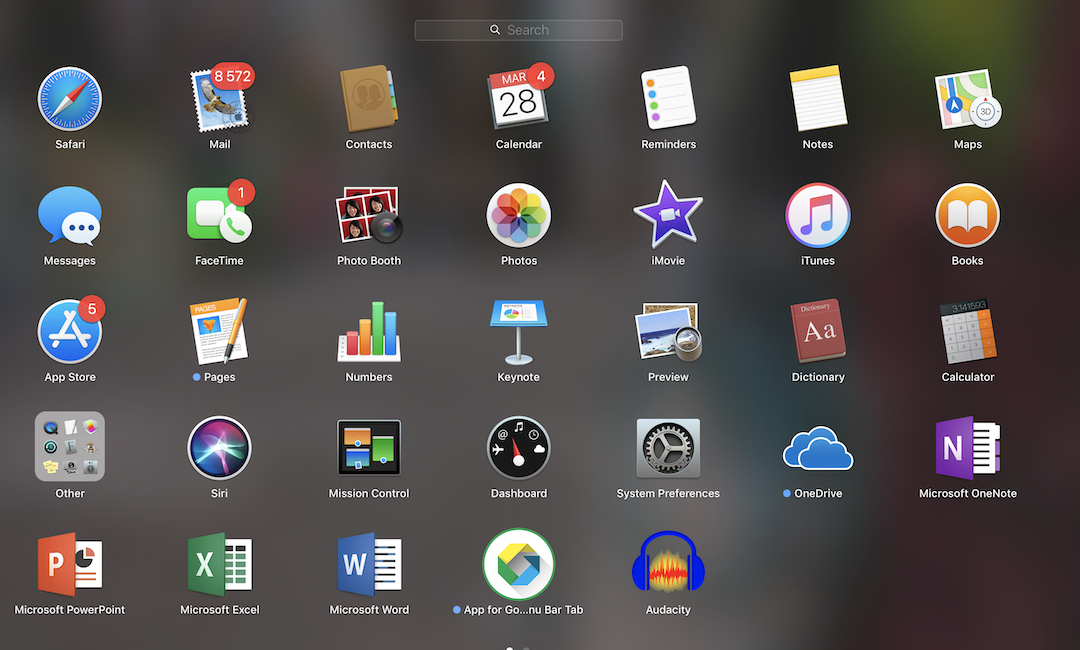
How private are our digital lives?
Last to bed and first to wake…
Feeling confused?
While you may not realise it, I am referring to your cell phone. Our phones have become a central part of our lives and we often aren’t aware of just how much we use these devices.
As humans we can be incredibly reactive in the way we operate. Take the latest announcement from WhatsApp regarding their privacy policy update as one example.
“Everyone” decided to try and jump ship. Telegram and Signal saw record downloads in 72 hours and all of a sudden everyone is an expert on digital platform privacy. Telegram added 25 million users in 3 days… sometimes I really wonder about humans and their mentality to act like sheep.
How many people took the time to read what the update was really about or considered the broader changes around why the platform was pushing the update? My guess is that only a small number took the time to consider different opinions, the majority panicked and started messaging friends to change messaging platforms… forgetting that WhatsApp carries end to end encryption.
A tweet from the Head of Instagram, Adam Mosseri, captures this point well.
There is a lot of misinformation about the WhatsApp ToS right now. The policy update does *not* affect the privacy of your messages with friends or family in any way. The changes are related to messaging a business on WhatsApp, which is optional. https://t.co/b7szUeinKX
— Adam Mosseri 😷 (@mosseri) January 12, 2021
The move from Facebook to start capturing this data was always bound to happen (they have probably been processing this data for some time) and the decision to declare it has been fast tracked by improved privacy laws and policies. The IDFA (identifier for advertisers) changes being driven by Apple on IOS devices and the expiring of the third party cookie, will also have had a role to play.
The data that we generate on WhatsApp will begin (if it hasn’t been already) to flow into Audience Network which will allow for more detailed advertising on Facebook/Instagram/WhatsApp. Due to the IDFA changes platforms are looking for new ways to gather personal data to better target users, because they can now no longer track you across multiple devices, websites, and apps without your consent.
In my opinion people are viewing this update from Facebook in isolation. We have been under “surveillance” for a long time and the creation of the freemium model means that we have parted with data to use these platforms. Data for convenience and access…
A potential reason why people are freaking out is because it’s data from a “private” messaging platform. However, I think that we reveal far more about ourselves from our google search history than from the messages we send within these groups.
So, do I think that this privacy scare will break WhatsApp? No.
In hindsight I think Facebook would have handled this update differently, they have moved quickly to try and repair some of the damage by updating the “access your information” section. It’s worthwhile popping onto the privacy tab to check that you are happy with the settings associated to your profile: https://www.facebook.com/privacy
From a broader standpoint people need to understand that more and more tech companies are going to have to declare how they use and capture your data. This is just the start and they can no longer track our movements (digital and physical) without our consent. We produce vast amounts of data; the trick is for the platforms to figure out what to do with it all and how a user can be reimbursed or rewarded for the user of their data. One option, which I will explore in depth with you sometime, is to produce a blockchain where we can get paid for the use of our data by platforms.
For most of the Facebook groups 3 billion users, I assume many of them will just click accept and continue using the groups platforms. If you had deleted WhatsApp but were still using Facebook and Instagram, you weren’t being as attentive as you should have been. We are living in a highly digital and tech centric world, 5 years ago platforms and the tech giants weren’t held accountable, but times are changing and people are no longer just clicking “accept” and moving on.
Here are some useful links to explore if you want to understand the update at a more granular level.
Facebook revamps ‘Access Your Information’ tool to better break down, explain data usage






